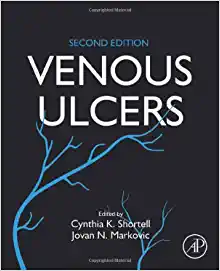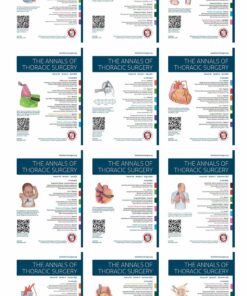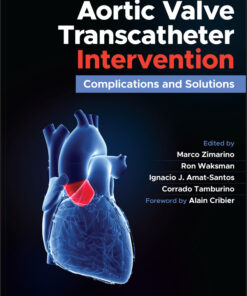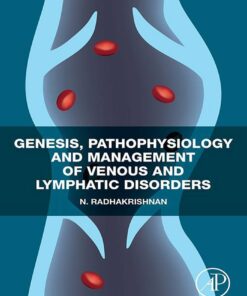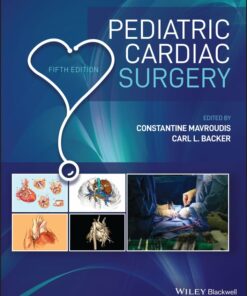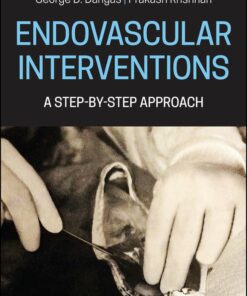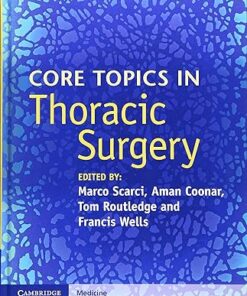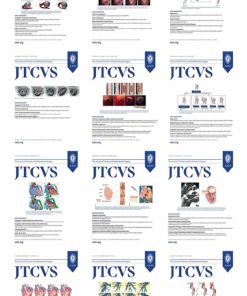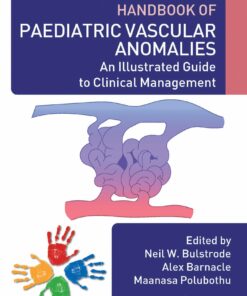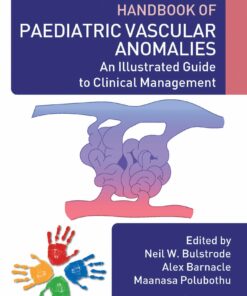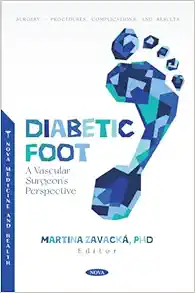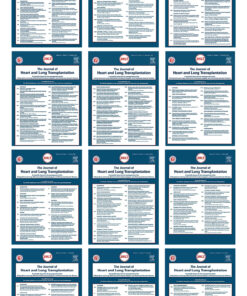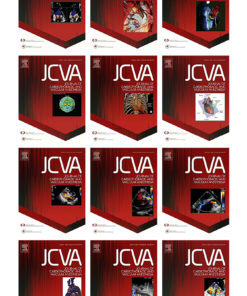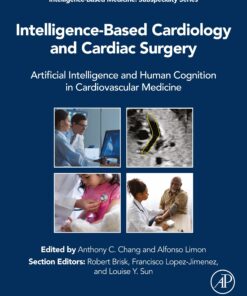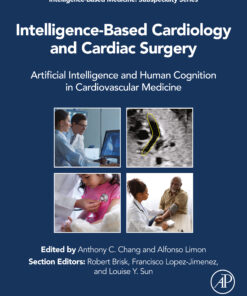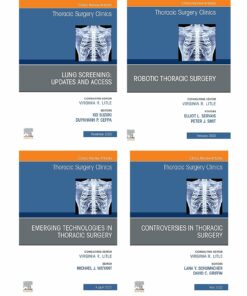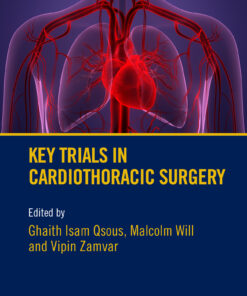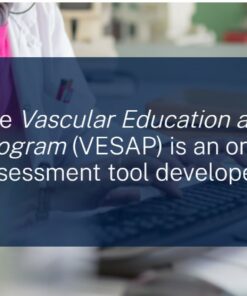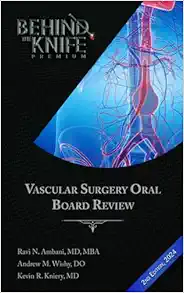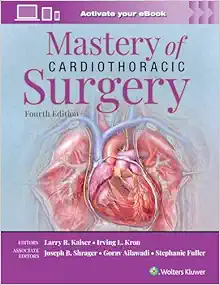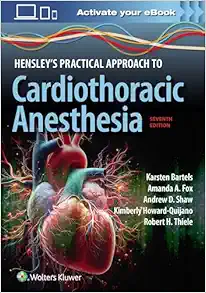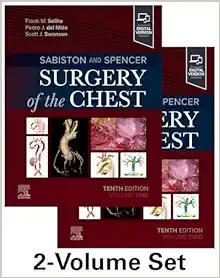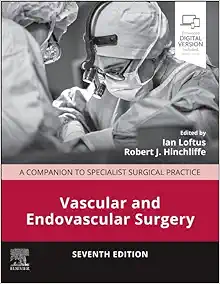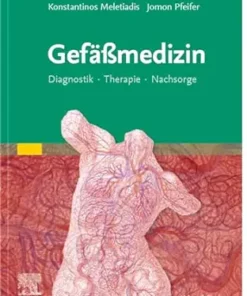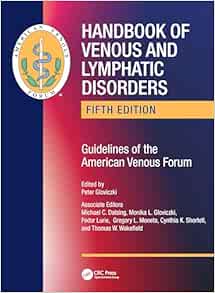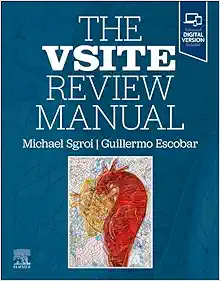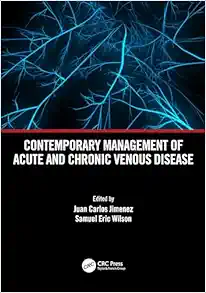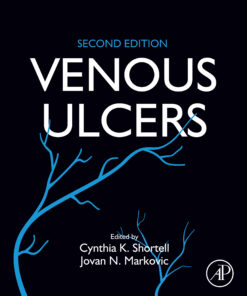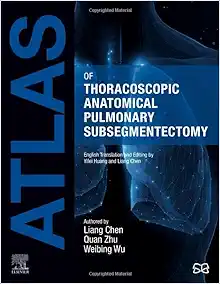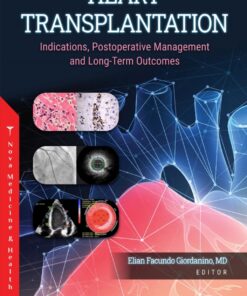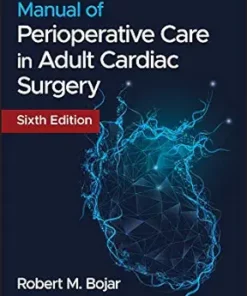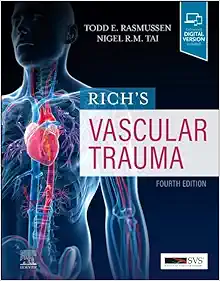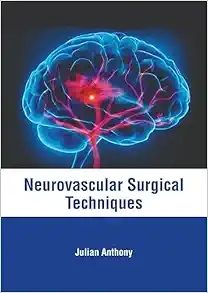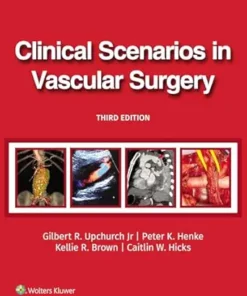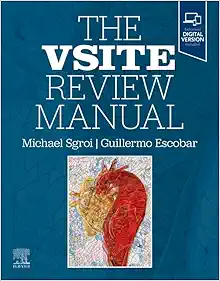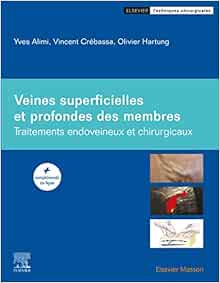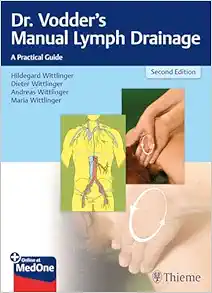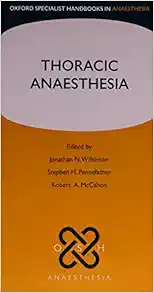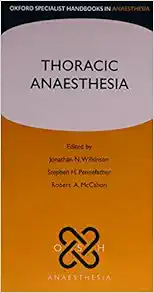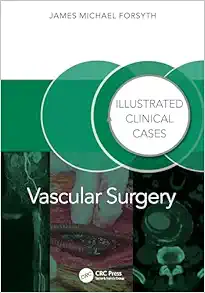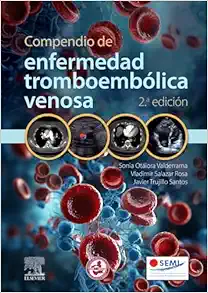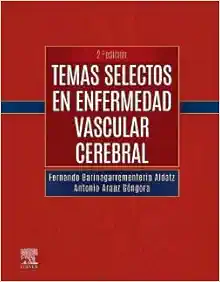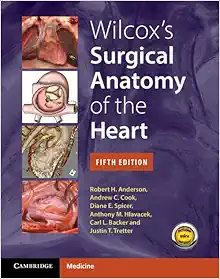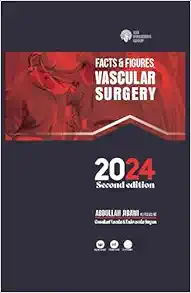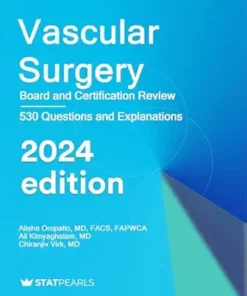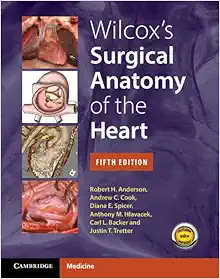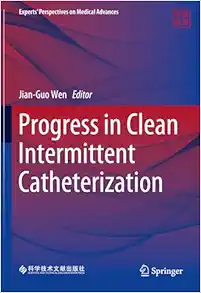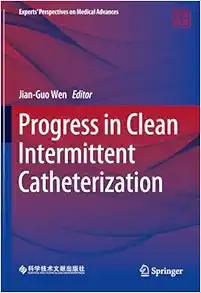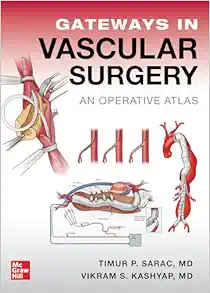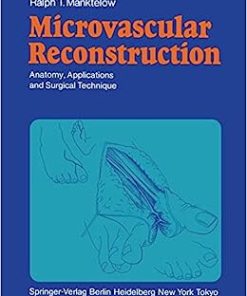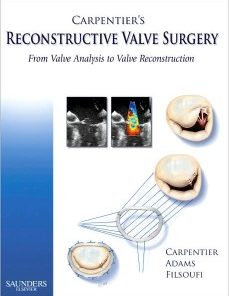Venous Ulcers, 2nd Edition
.
Venous Ulcers, Second Edition, is a comprehensive guide to the appropriate management of nonhealing venous wounds in everyday practice. This book synthesizes evidence-based recommendations and the highest level of expertise from leading doctors, providing a fertile environment for a complete understanding of the underlying pathophysiology that leads to the development and progression of venous ulcers.
The authors, Cynthia Shortell and Jovan N. Markovic, have written a highly informative and accessible guide that covers all currently available treatment modalities. The book emphasizes operative technique, technical feasibility, success rates, both clinical and technical, and side effects. It also elaborates on special diagnostic considerations and management of the most complex patients requiring the highest level of expertise for successful treatment.
The authors delve into socioeconomic impact, impact on health-related quality of life, the clinical course of the disease, and diagnostic algorithms in unprecedented detail. The book’s focus on genetics, molecular and biochemical mechanisms is particularly illuminating and essential for developing novel therapies and accessing previously inaccessible areas of research.
One of the book’s most impressive features is the clarity with which it presents highly technical and complex information. The writing is accessible, concise, and easy to comprehend, making it an invaluable resource for both novices and experts in wound healing.
The book is organized into 12 chapters, each of which is structured logically, covering every aspect of venous ulcers. The first chapter provides an excellent introduction to the subject, examining the epidemiology and causes of venous ulcers and describing in detail the pathophysiology of the disease. The authors outline the diagnostic criteria for venous ulcers and explain how to differentiate them from arterial and neuropathic ulcers.
Chapter two discusses the socioeconomic impact of venous ulcers, including their effect on the quality of life, disability, and healthcare costs. The authors present data that indicates the far-reaching burden of this disease and its impact on patients’ lives.
Chapters three and four cover the clinical course of venous ulcers and the impact of the disease on quality of life. The chapters discuss the clinical presentation of venous ulcers, including their symptoms and complications, and the importance of patient education in the management of the disease.
Chapters five through eleven cover the various available treatment modalities. For each treatment option, the authors explain the operative technique and technical feasibility, success rates, both clinical and technical, and side effects. The authors also detail the pros and cons of each option, allowing the reader to make an informed decision.
Chapter twelve is dedicated to special diagnostic considerations and the management of complex patients who often require the highest level of expertise for successful treatment.
In conclusion, Venous Ulcers, Second Edition, is a must-have resource for anyone interested in the appropriate management of nonhealing venous wounds. The book is written in a highly accessible style, making it easy to read and understand, and it covers all aspects of venous ulcers, from pathophysiology to treatment options, in unprecedented detail. The authors’ expertise and experience shine through on every page, making the book a valuable resource for both novice and expert wound healing professionals.
I highly recommend this book and believe it will make a significant contribution to the field of wound healing. Order your copy today and discover the most current and comprehensive guide to the management of nonhealing venous wounds.
Product Details
- Publisher : Academic Press; 2nd edition (February 6, 2023)
- Language : English
- : 566 pages
- ISBN-10 : 0323906109
- ISBN-13 : 978-0323906104
Related Products
VASCULAR SURGERY
The Annals of Thoracic Surgery 2023 Full Archives (True PDF)
VASCULAR SURGERY
VASCULAR SURGERY
VASCULAR SURGERY
Core Topics in Thoracic Surgery (Original PDF from Publisher)
VASCULAR SURGERY
Great Ormond Street Handbook of Paediatric Vascular Anomalies (EPUB)
VASCULAR SURGERY
VASCULAR SURGERY
VASCULAR SURGERY
VASCULAR SURGERY
VASCULAR SURGERY
VASCULAR SURGERY
VASCULAR SURGERY
VASCULAR SURGERY
VASCULAR SURGERY
VASCULAR SURGERY
VASCULAR SURGERY
Neurovascular Surgical Techniques (Original PDF from Publisher)
VASCULAR SURGERY
VASCULAR SURGERY
VASCULAR SURGERY
VASCULAR SURGERY
Wilcox’s Surgical Anatomy of the Heart, 5th edition (Converted PDF)
VASCULAR SURGERY
VASCULAR SURGERY
Atlas of Thoracoscopic Anatomical Pulmonary Subsegmentectomy
VASCULAR SURGERY
VASCULAR SURGERY
VASCULAR SURGERY
VASCULAR SURGERY
VASCULAR SURGERY
2022 SVM Online Board Review Course (Society for Vascular Medicine)
VASCULAR SURGERY
VASCULAR SURGERY
Clinical Approach to Vascular Ultrasound and RPVI Prep Course 2023
VASCULAR SURGERY
VASCULAR SURGERY
VASCULAR SURGERY
VASCULAR SURGERY
VASCULAR SURGERY
VASCULAR SURGERY
VASCULAR SURGERY
VASCULAR SURGERY
VASCULAR SURGERY
VASCULAR SURGERY
VASCULAR SURGERY
VASCULAR SURGERY
Current Vascular Surgery 2013 (Modern Trends in Vascular Surgery)
VASCULAR SURGERY
VASCULAR SURGERY
Anatomic Exposures in Vascular Surgery 4e ( + Converted PDF)
VASCULAR SURGERY
Cardiopulmonary Bypass: Principles and Practice, 3rd Edition
VASCULAR SURGERY
VASCULAR SURGERY
SVU 45th Annual Conference: Vascular Imaging Educators Workshop 2023
VASCULAR SURGERY
VASCULAR SURGERY
Mastering Doppler Principles and Hemodynamics- AllAboutUltrasound
VASCULAR SURGERY

